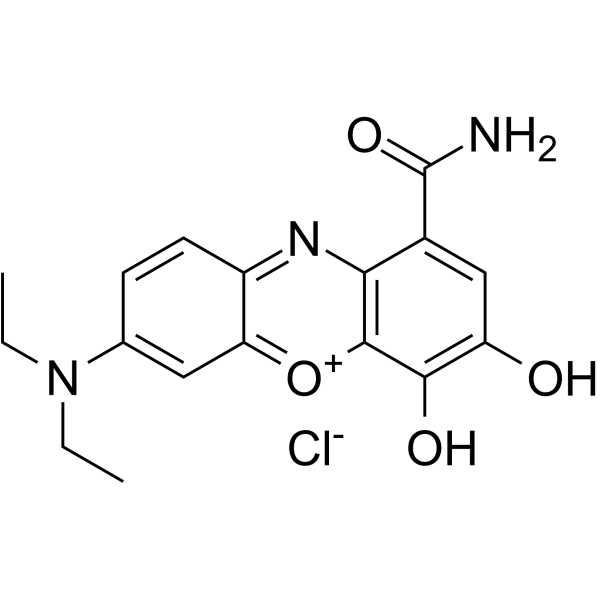Free radicals and brain damage due to transient middle cerebral artery occlusion: the effect of dimethylthiourea.
Y Kiyota, K Pahlmark, H Memezawa, M L Smith, B K Siesjö
Index: Exp. Brain Res. 95(3) , 388-96, (1993)
Full Text: HTML
Abstract
The objective of this study was to assess whether dimethylthiourea (DMTU), an established free radical scavenger, ameliorates ischaemic damage due to 2-3 h of transient middle cerebral artery (MCA) occlusion, induced by an intraluminal filament. A major point addressed was whether DMTU given before MCA occlusion only delayed the "maturation" of the damage, or if it had a lasting effect on infarct size. The end point was morphological, and either encompassed triphenyltetrazolium chloride (TTC) staining of tissue slices after 24 h or 48 h of recovery, or histopathological assessment of infarct size after 7 days of recovery. In a preliminary series of experiments, rats were subjected to 3 h of MCA occlusion, and infarct volume was assessed by TTC staining after 24 h of recovery. DMTU in a dose of 750 mg/kg reduced infarct volume by more than 50%. However, due to a high mortality rate, that protocol was not subsequently pursued. When the ischaemia duration was reduced to 2 h and the DMTU dose to 400 mg/kg, a similar amelioration of the tissue damage was observed. However, since DMTU reduced a spontaneous rise in body temperature to 39.0-39.5 degrees C, DMTU-treated animals in the main series of experiments with 24 and 48 h of recovery were treated so that they had the same temperature rise as the saline controls. Under such constant temperature conditions, the effect of DMTU at 24 h of recovery was borderline (P = 0.052) and at 48 h it was nil. The lack of a lasting effect of DMTU was supported by the findings on evaluation of infarct area after 7 days of recovery. The results raise the important question whether DMTU, and perhaps other free radical scavengers, delay rather than ameliorate the ischaemic lesion developing after transient MCA occlusion.
Related Compounds
| Structure | Name/CAS No. | Molecular Formula | Articles |
|---|---|---|---|
 |
C.I. Mordant Blue 14 (8CI)
CAS:1562-90-9 |
C17H18ClN3O4 |
|
A multichromatic stain for Lowicryl K4M embedded tissues.
1991-01-01 [Biotech. Histochem. 1(1) , 35-6, (1991)] |
|
Hematoxylin shortages: their causes and duration, and other ...
2010-02-01 [Biotech. Histochem. 85(1) , 55-63, (2010)] |
|
A hematoxylin and eosin-like stain for glycol methacrylate e...
1981-01-01 [Stain Technol. 56(1) , 39-43, (1981)] |
|
mu-Calpain activation, DNA fragmentation, and synergistic ef...
2000-06-02 [Brain Res. 866(1-2) , 299-312, (2000)] |
|
Specific staining of nuclei with aqueous solutions of celest...
1982-09-01 [Microsc. Acta 86(3) , 201-5, (1982)] |